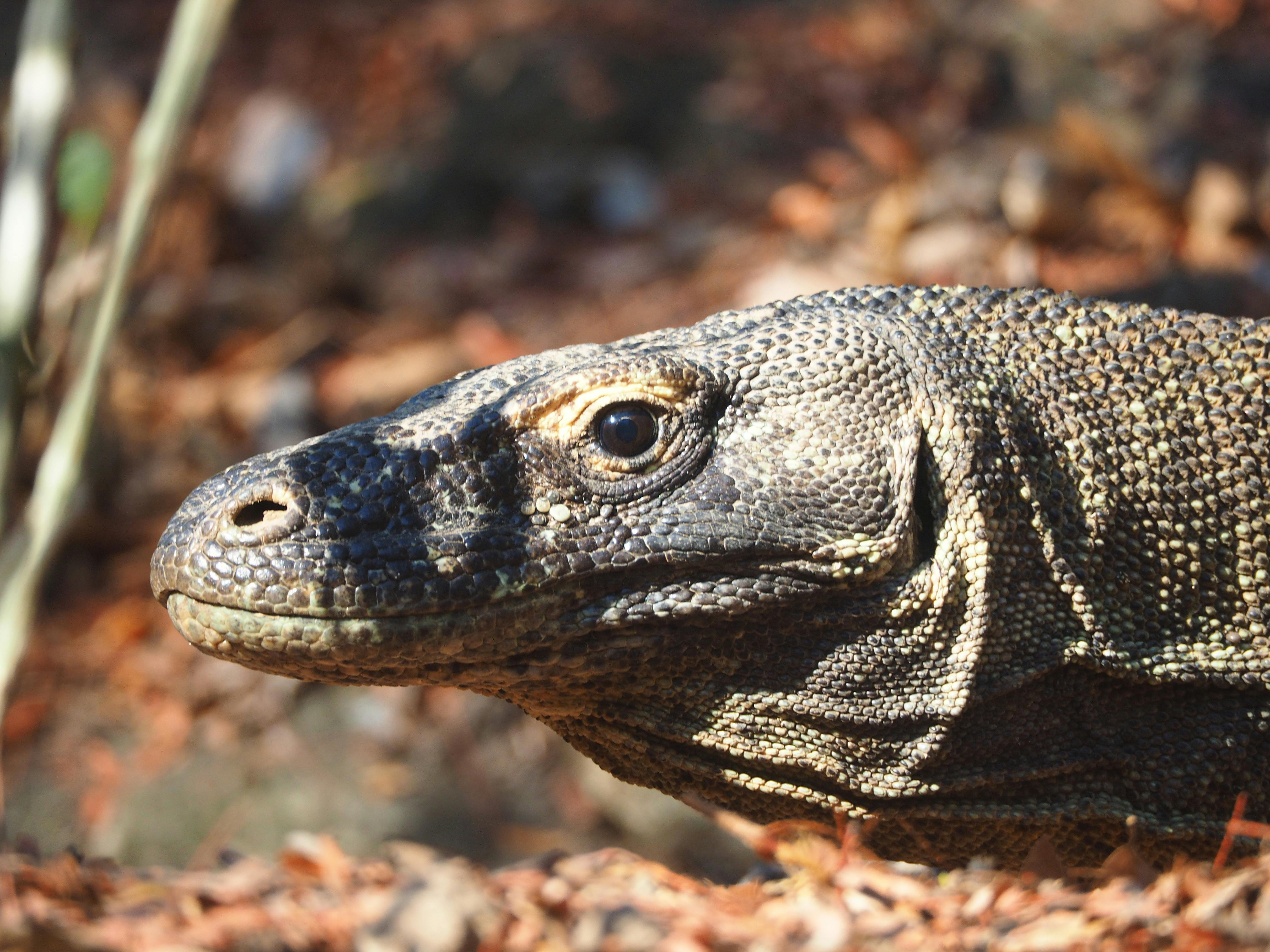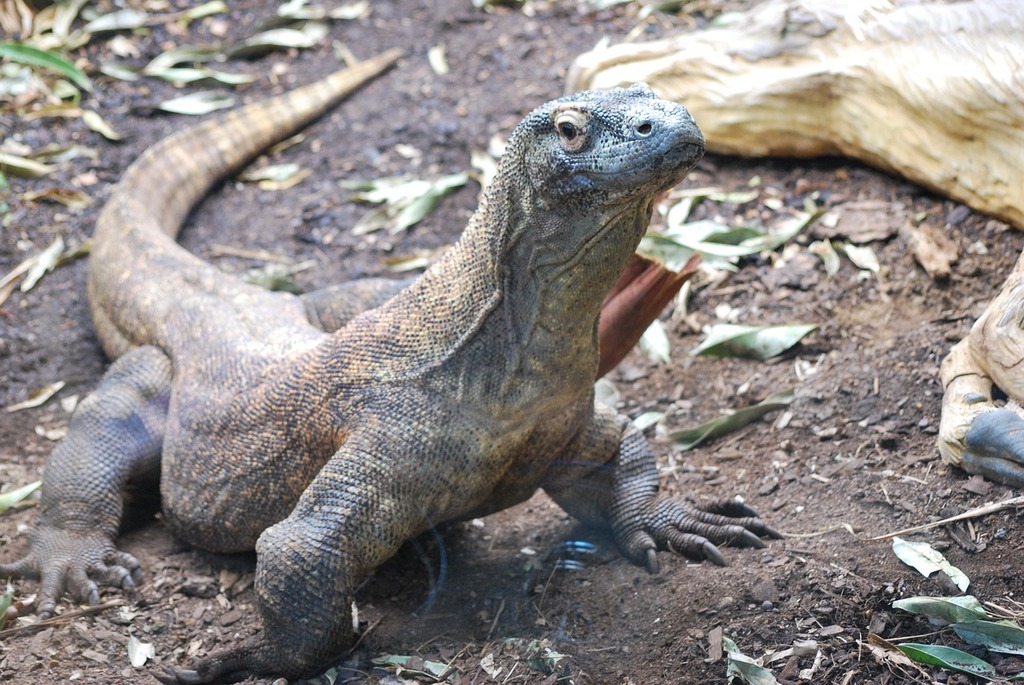Komodo Dragon (Varanus komodoensis)
The Komodo dragon (Varanus komodoensis) is the largest living lizard species on Earth. Native to a few Indonesian islands, this apex predator is known for its massive size, powerful bite, and unique venomous saliva. As a member of the monitor lizard family (Varanidae), the Komodo dragon is both feared and admired for its prehistoric appearance and predatory prowess.
Contents
-
Taxonomy and Classification
-
Physical Description
-
Range and Habitat
-
Behaviour and Diet
-
Venom and Hunting
-
Reproduction
-
Conservation Status
-
References
1. Taxonomy and Classification
- Domain: Eukaryota
-
Kingdom: Animalia
-
Phylum: Chordata
-
Class: Reptilia
-
Order: Squamata
-
Family: Varanidae
-
Genus: Varanus
- Subgenus: Varanus
-
Species: V. komodoensis
First described by scientists in 1912, the Komodo dragon was once thought to be a relic from the age of dinosaurs due to its formidable size and appearance.
2. Physical Description
The Komodo dragon is a massive reptile that can grow to impressive sizes.
-
Length: Up to 10 feet (3 meters)
-
Weight: 150 to 200 pounds (70 to 90 kg); some specimens exceed this
-
Colour: Dull Gray, brown, or greenish with rough, armoured scales
-
Features: Long, muscular tail, sturdy limbs, and a forked tongue for sensing prey
They have excellent vision and a keen sense of smell, detecting carrion from several miles away.
3. Range and Habitat
Komodo dragons are endemic to Indonesia, specifically:
-
Komodo Island
-
Rinca Island
-
Flores
-
Gili Motang
-
Gili Dasami
Preferred Habitats:
-
Dry tropical forests
-
Grasslands
-
Savannas
-
Scrubland and coastal zones
They are terrestrial but can swim between islands and climb trees when young.
4. Behaviour and Diet
Komodo dragons are solitary predators, most active during the day (diurnal), and rely heavily on ambush tactics to hunt.
Diet:
-
Deer (e.g., Timor deer)
-
Wild boars
-
Water buffalo
-
Birds and small reptiles
-
Carrion (dead animals)
They can consume up to 80% of their body weight in a single meal. Hatchlings feed on insects, eggs, and small vertebrates.
5. Venom and Hunting
Contrary to earlier beliefs that their bite was deadly due to bacteria, modern research shows Komodo dragons produce venomous proteins that lower blood pressure, prevent clotting, and induce shock in prey.
Hunting Strategy:
-
Bite and hold prey
-
Release if the prey escapes
-
Track the weakened animal until it collapses
-
Consume prey whole or in large chunks
Their sharp, serrated teeth and strong jaw muscles make them effective butchers.
6. Reproduction
Komodo dragons reproduce sexually and asexually (parthenogenesis), making them unique among large reptiles.
-
Mating Season: May to August
-
Eggs Laid: 15–30 eggs in burrows or abandoned nests
-
Incubation Period: ~8 months
-
Hatching: Occurs around April, when prey is plentiful
Young dragons climb trees to avoid being eaten by adults, as cannibalism is common.
7. Conservation Status
The Komodo dragon is classified as Endangered on the IUCN Red List due to:
-
 Habitat loss
Habitat loss -
Human encroachment
-
Natural disasters (e.g., volcanic eruptions, climate change)
-
Decline in prey populations
Protection Measures:
-
Komodo National Park (UNESCO World Heritage Site)
-
Anti-poaching laws and ecotourism regulation
-
Captive breeding programs in zoos and conservation centres
The total wild population is estimated to be around 3,000 to 5,000 individuals.
